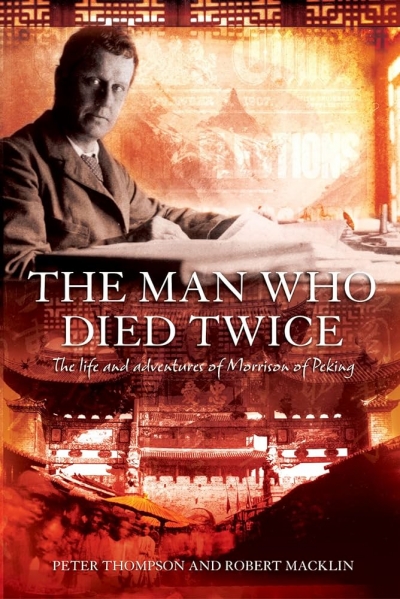Accessibility Tools
- Content scaling 100%
- Font size 100%
- Line height 100%
- Letter spacing 100%
Archive
The ABR Podcast
Released every Thursday, the ABR podcast features our finest reviews, poetry, fiction, interviews, and commentary.
Subscribe via iTunes, Stitcher, Google, or Spotify, or search for ‘The ABR Podcast’ on your favourite podcast app.
‘Where is Nancy?’ Paradoxes in the pursuit of freedom
by Marilyn Lake
This week on The ABR Podcast, Marilyn Lake reviews The Art of Power: My story as America’s first woman Speaker of the House by Nancy Pelosi. The Art of Power, explains Lake, tells how Pelosi, ‘a mother of five and a housewife from California’, became the first woman Speaker of the United States House of Representatives. Marilyn Lake is a Professorial Fellow at the University of Melbourne. Listen to Marilyn Lake’s ‘Where is Nancy?’ Paradoxes in the pursuit of freedom’, published in the November issue of ABR.
Recent episodes:
The Man Who Died Twice: The life and adventures of Morrison of Peking by Peter Thompson and Robert Macklin
The Medici Women: Gender and power in renaissance Florence by Natalie Tomas
Lam Khi Try is a Cambodian journalist who wrote articles exposing corruption, illegal logging and political assassinations by the Cambodian government. He received a threatening letter from the Cambodian prime minister and death threats from anonymous callers. After the director at Lam’s newspaper died in suspicious circumstances, the staff became frightened and the newspaper was closed. Lam was followed constantly, and he and his family went into hiding. Later, he fled Cambodia and came to Australia for refuge, followed by his wife Nary. They left their children in the care of relatives, with the intention of bringing them safely to Australia.
... (read more)Greenly, intensely, oddly
It is the day you wake up walking in
A scape you wandered bluntly through
Several hundred dreams ago
or so:









